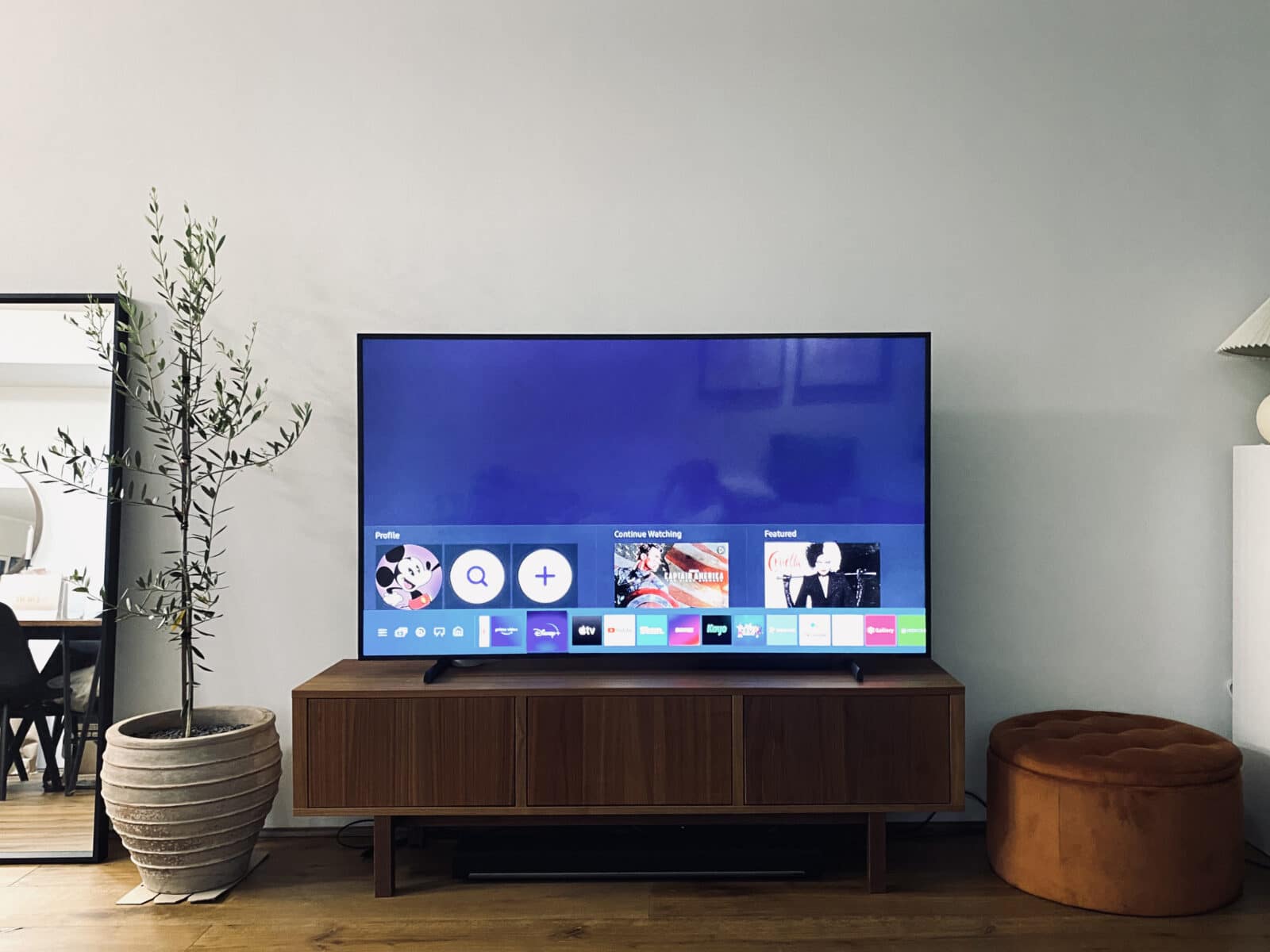4K vs 8K TVs in 2023: is 8K worth it?

We’re about to see way more 8K TVs hit the market. But should you buy one yet? What do you get when you pit 4K vs 8K in 2023?
First, let’s figure out what we’re dealing with.
What is the difference between 4K and 8K?
4K and 8K refer to how many pixels are in a television screen. Simple rule of thumb: 4K means around 4000 pixels across the horizontal axis. 8K means 8000 pixels across the horizontal axis.
More pixels means greater detail and fidelity of image.
Put another way: 4K has four-times the detail of a standard 1080p TV. 8K, meanwhile, has twice the detail of 4K.
In terms of colour and contrast, 8K TVs tend to have wider colour gamuts and higher contrast ratios than 4K TVs, which means that they are able to display a wider range of colours and more vibrant and lifelike images.
So which is better?
Which is better: 4K or 8K?
The devil is in the detail here.
4K is the most common screen resolution you’ll find on the market these days.
8K TVs have been coming out in dribs and drabs for years, but haven’t made a big impact on the market yet. They usually sit at the top of most manufacturers’ range.
8K will definitely give you a more detailed image, but that doesn’t necessarily mean it’s better to look at.
I have reviewed over 100 TVs, from 1080p right up to 8K, and resolution is only half the story.
A lot of your experience will come down to the way that panel produces an image as well as the resolution.
For example, I would much rather have a 4K OLED for my money compared to an 8K LED panel.
More pixels always require more light to render an image. More light can sometimes mean haloed images appearing on screen or a milky ring of white around the edges.
Is there a noticeable difference between 4K and 8K?
Absolutely.
A well-calibrated and properly lit 8K image is glorious to look at. 8K OLED panels have produced some of the most eye-popping imagery I have ever seen in a television.
But if you’re using a cheap panel with a big resolution, you’ll almost definitely have a worse experience over time.
The other noticeable difference is in price. 8K TVs – especially OLED panels – are still really pricey. Think $50,000 and you’re close.
Backlit LED panels like QLED and even miniLED are still cheaper, but make sure you go eyes-on first before purchase.
Is OLED better than 8K?
This is a misnomer: OLED refers to the technology used to render an image. 8K refers to a resolution.
OLED TVs come in both 4K and 8K resolutions.
LG, for example, makes an 8K OLED TV that will cost you around $50,000. It’s a pretty penny, especially considering that 4K TVs can be as cheap as $1500 these days.
Is there any point getting an 8K TV?
Absolutely. 8K is gorgeous to look at. And if it’s the right panel technology underneath, you’re in for a great experience.
The problem is that it isn’t for everyone. 8K is still super expensive. Plus, there still isn’t content shot natively in 8K, so you’ll have all that grunt and nowhere to really use it.
Luke Hopewell is the editor and co-founder of Redaktör. He's previously been the Editor of Gizmodo, Founding Editor of Business Insider Australia, Editorial Lead for Twitter Australia and more.


